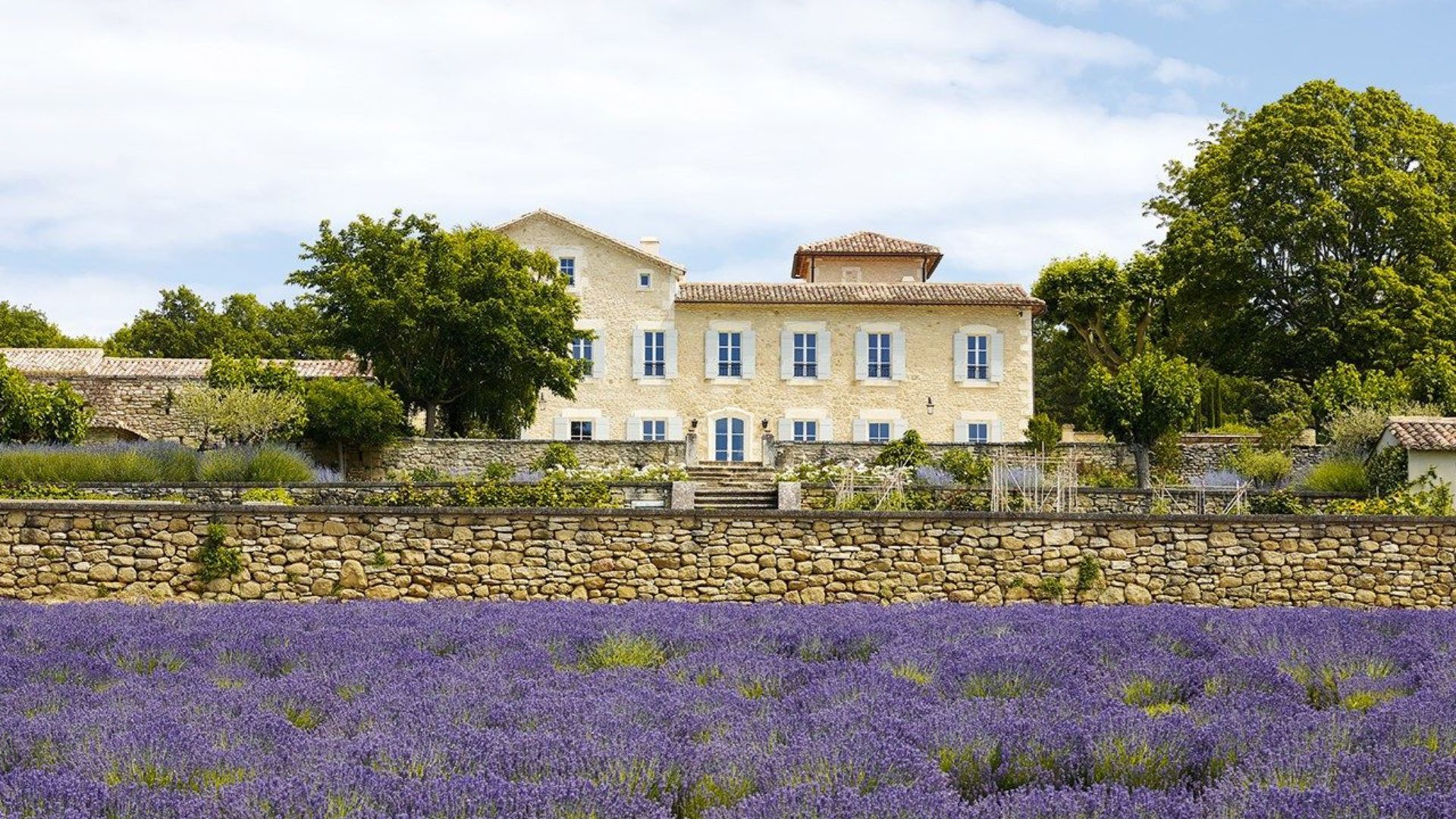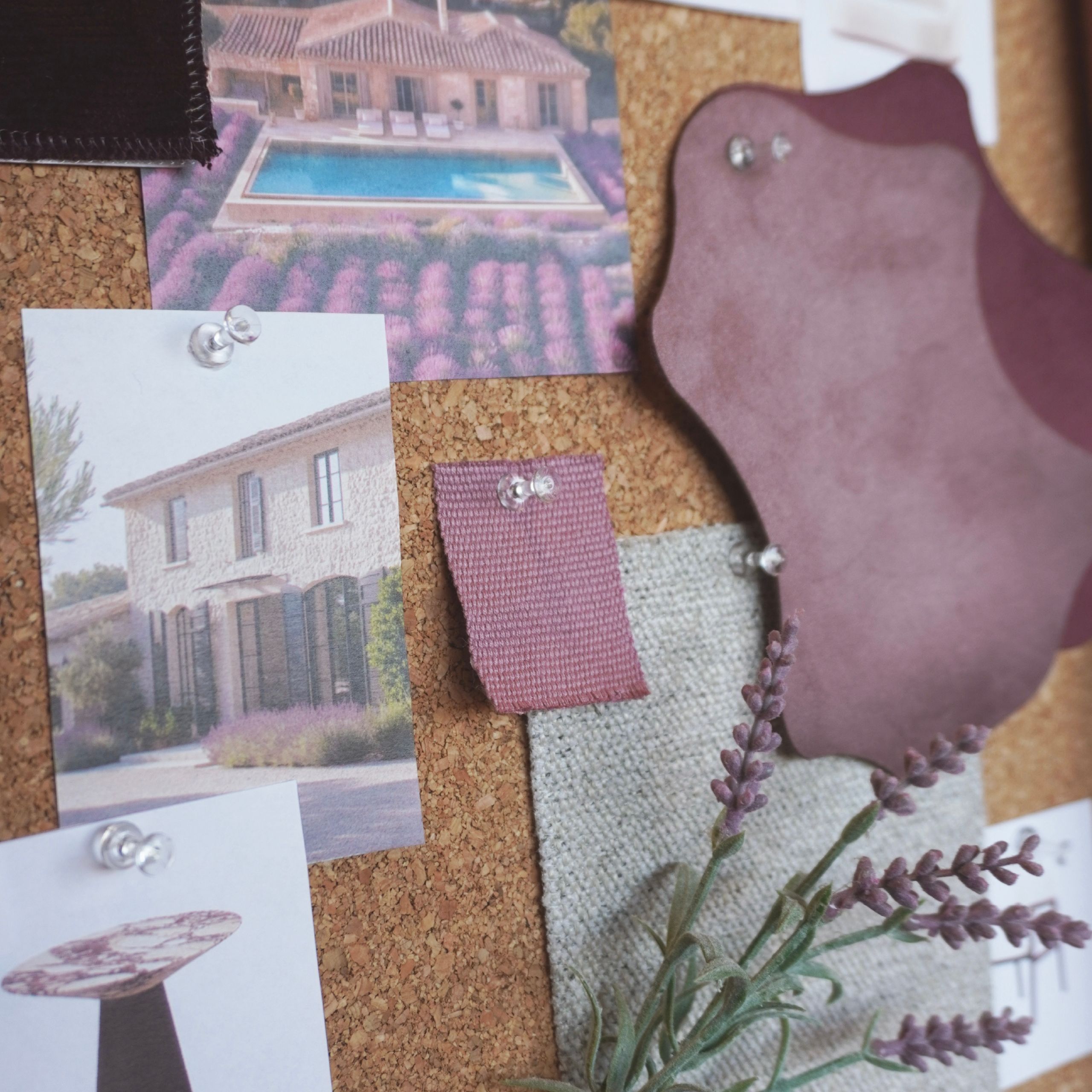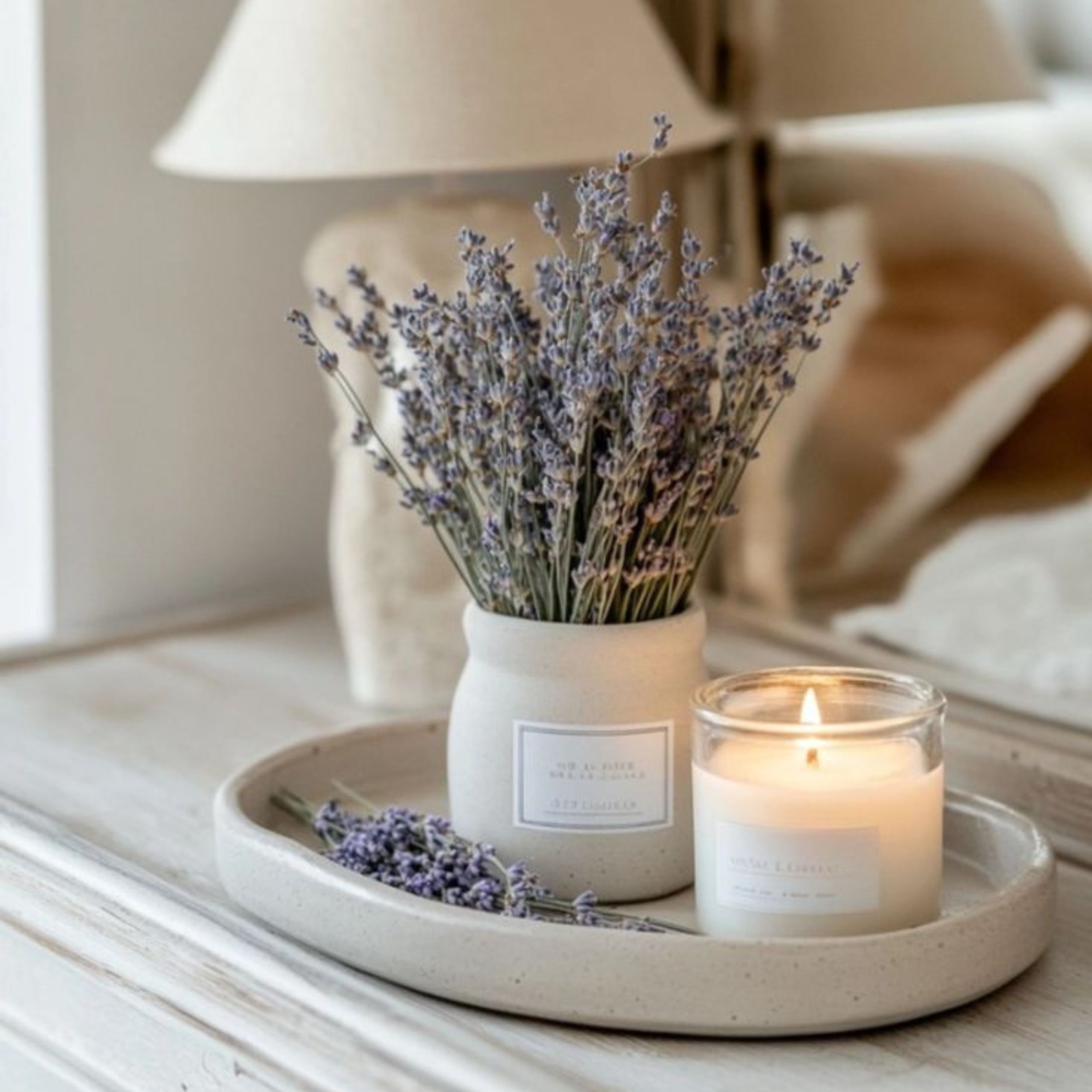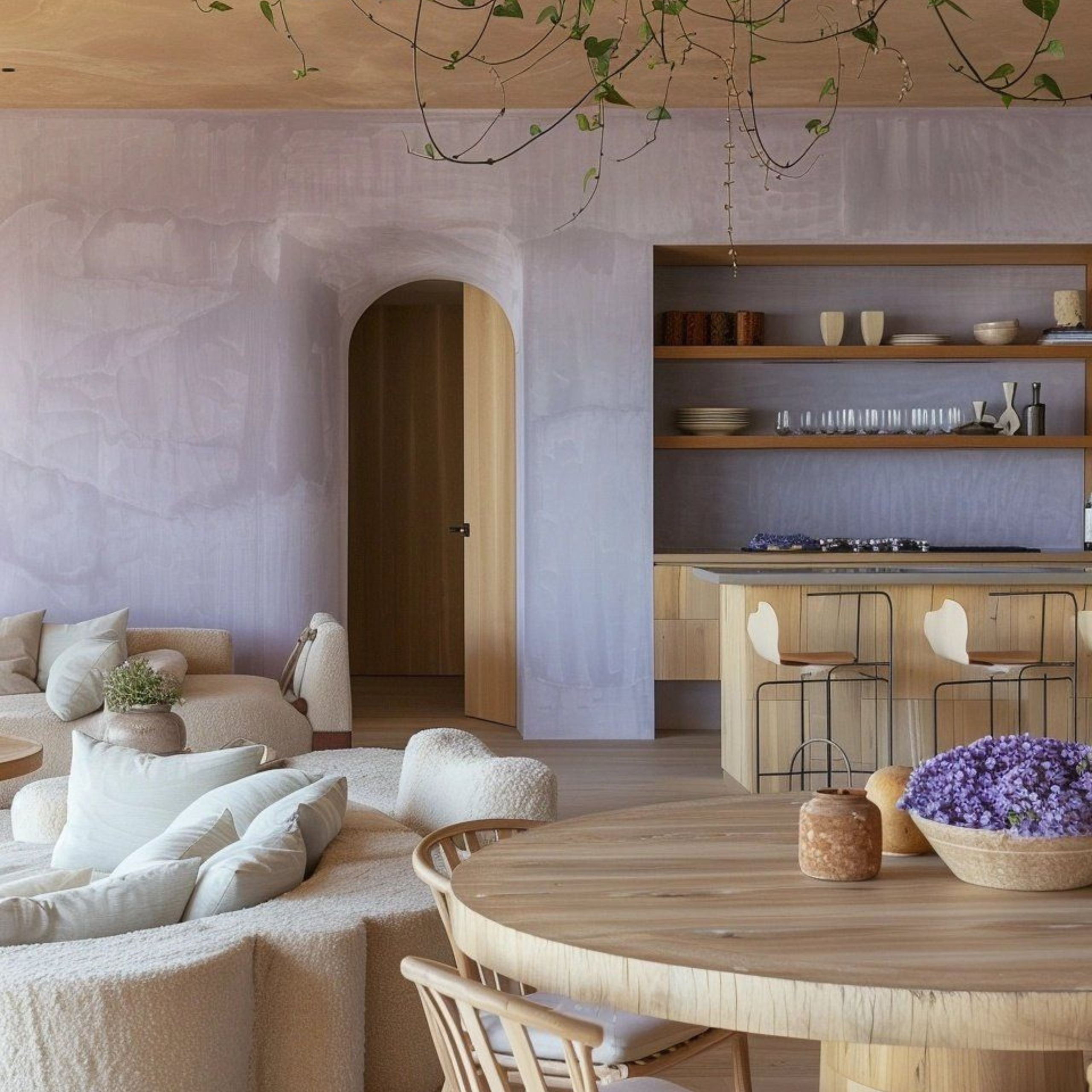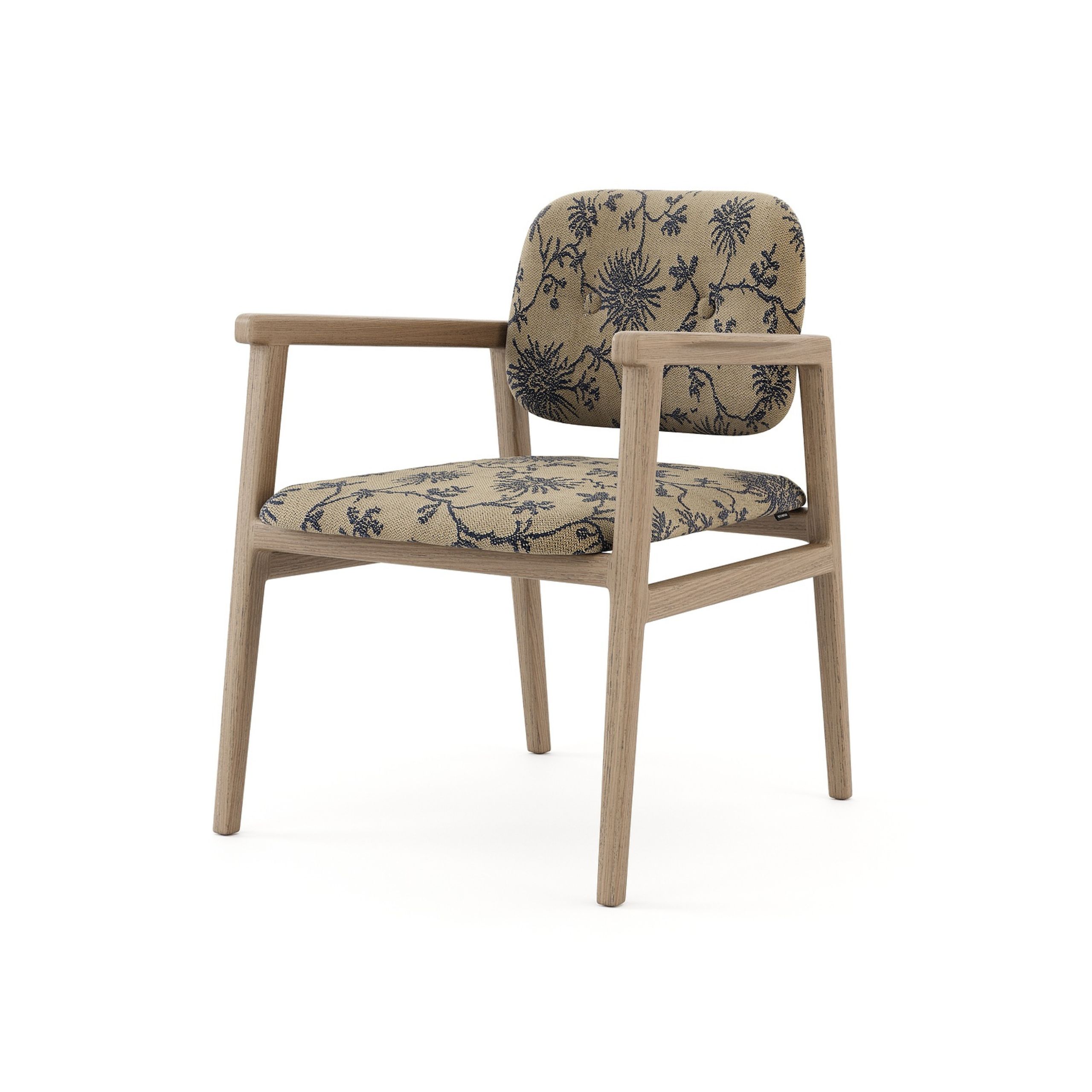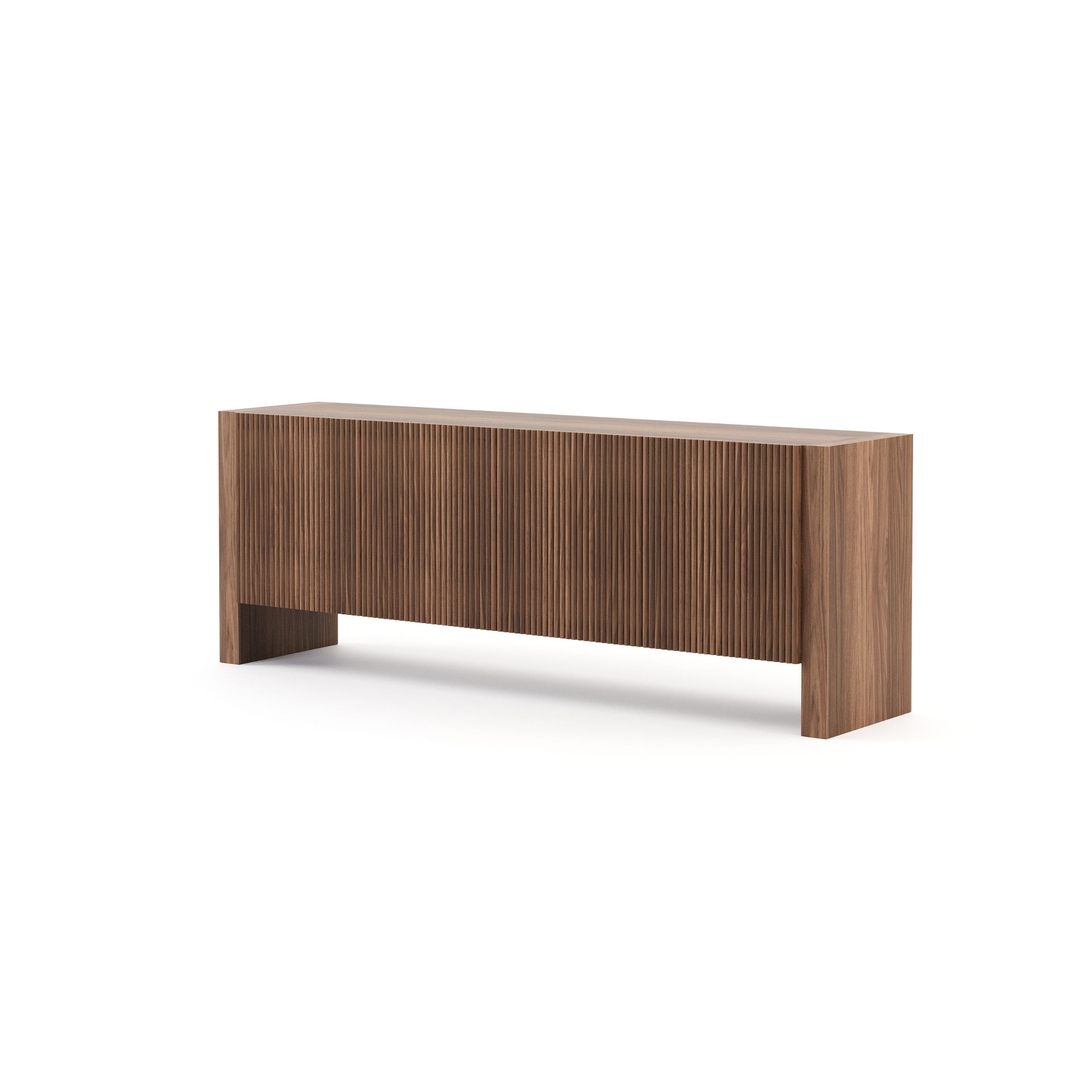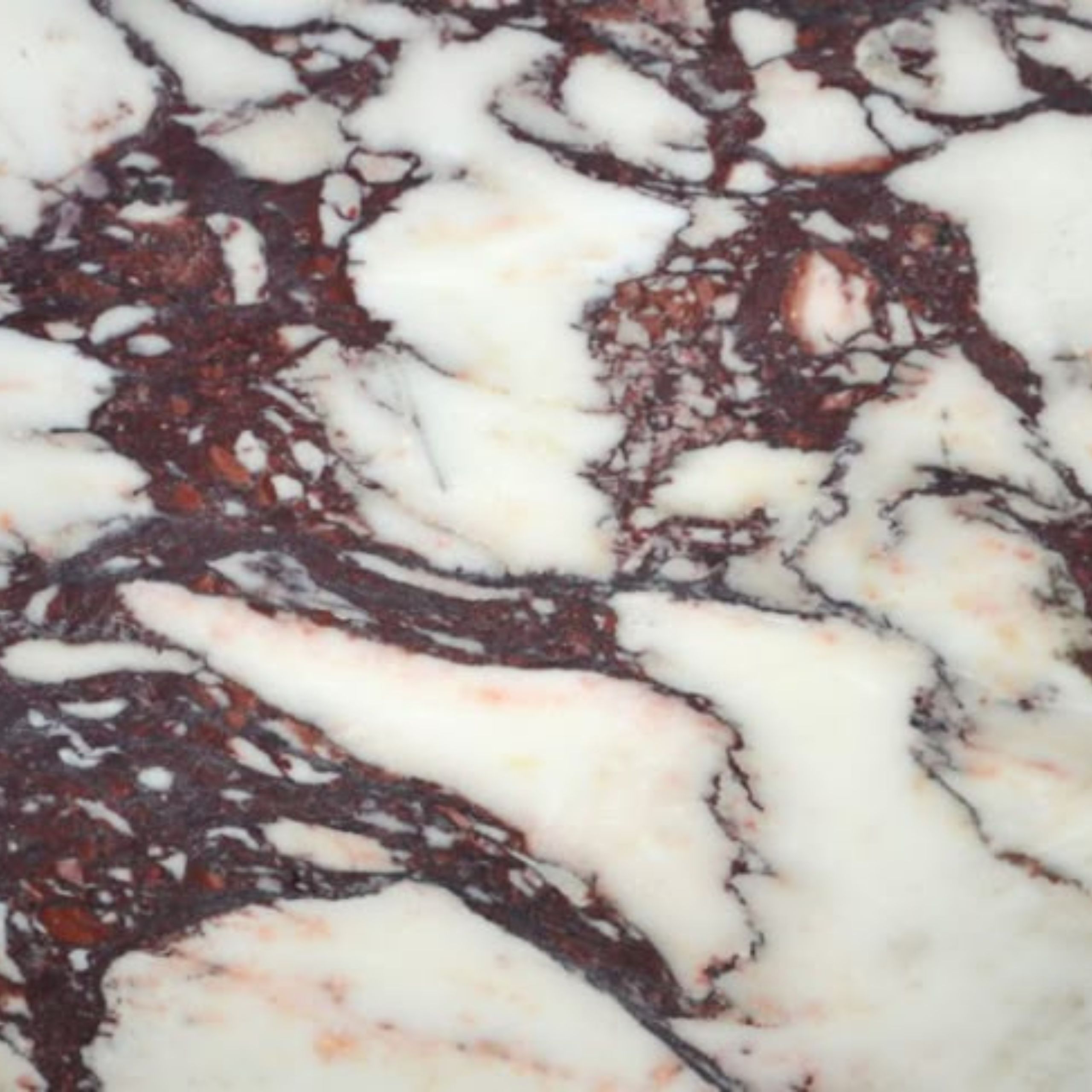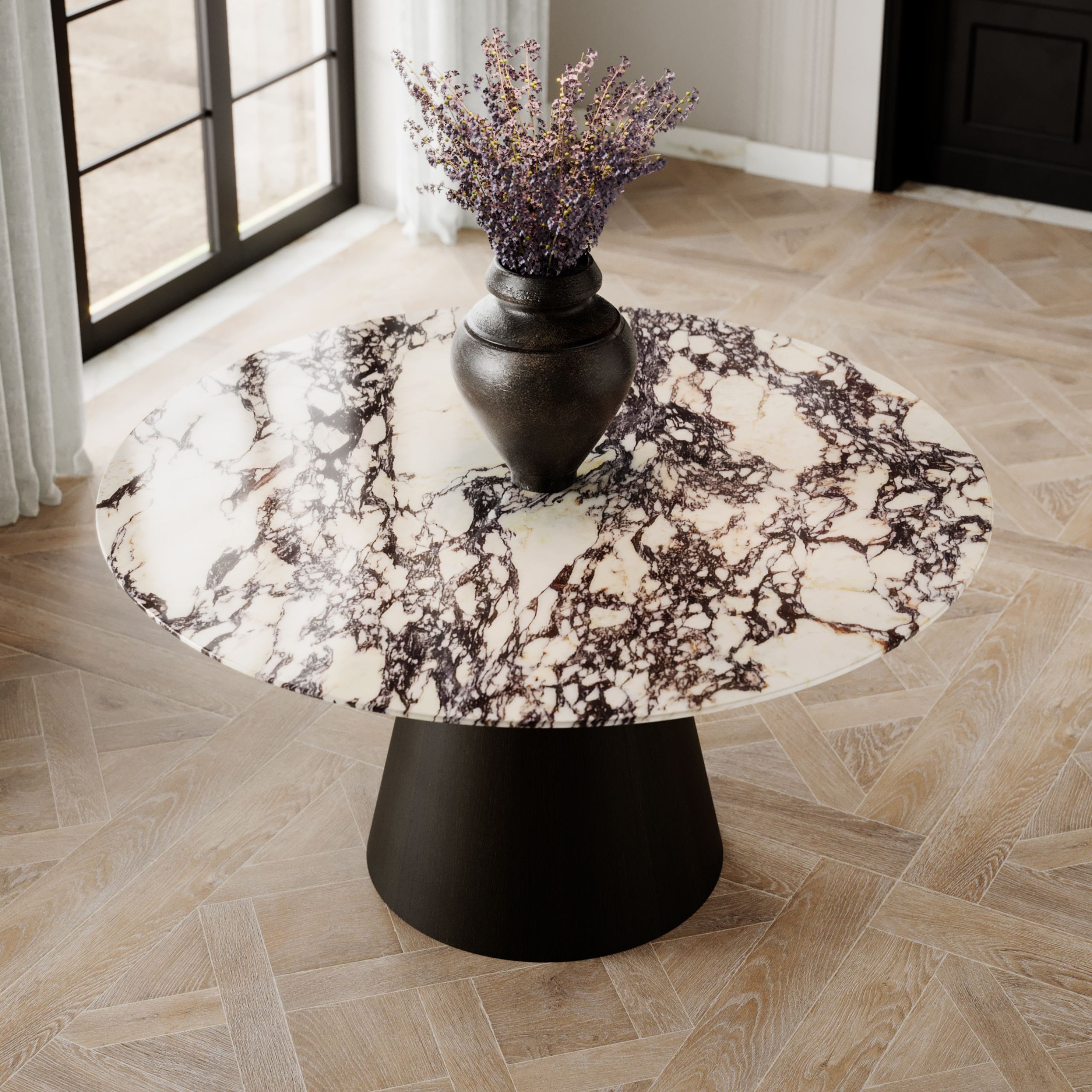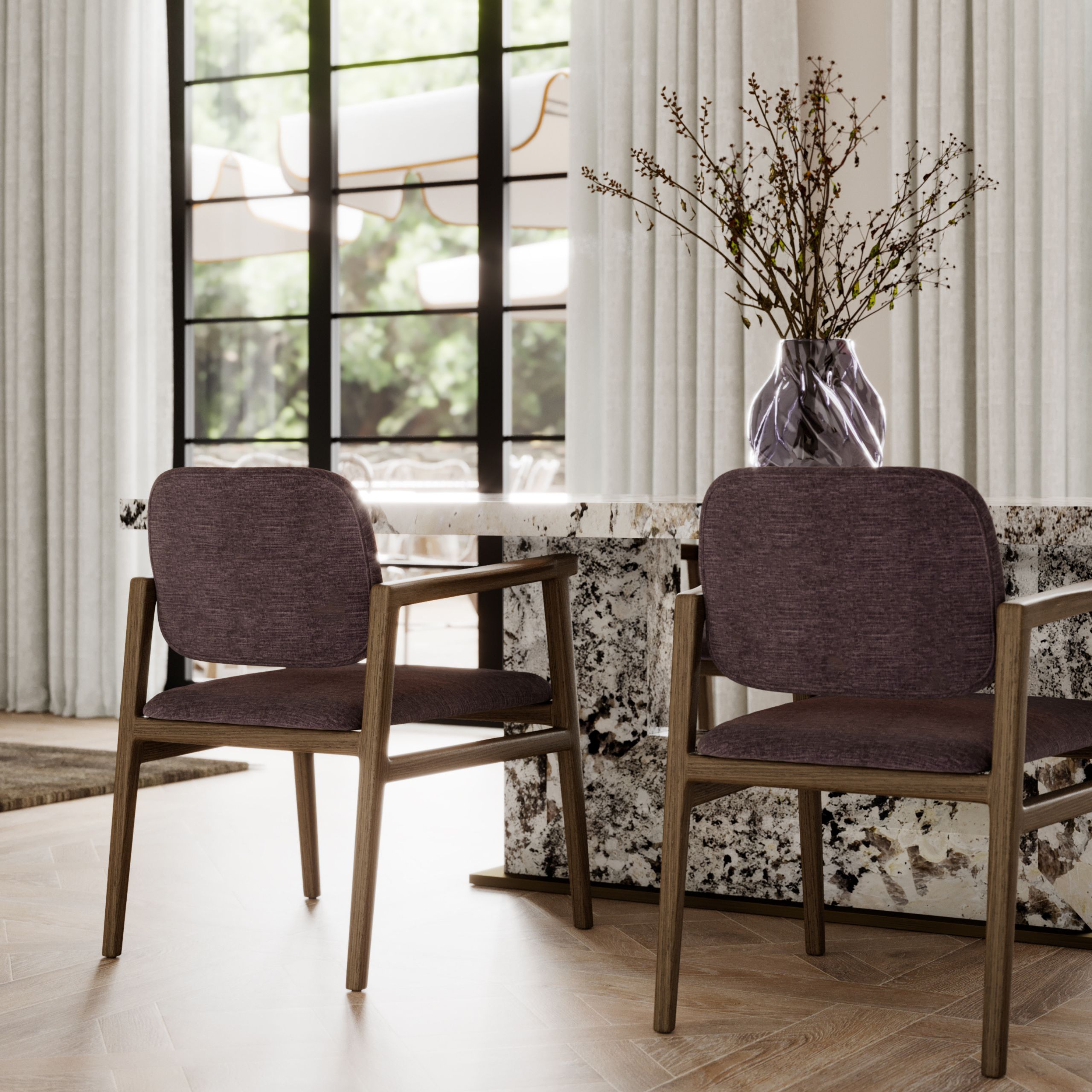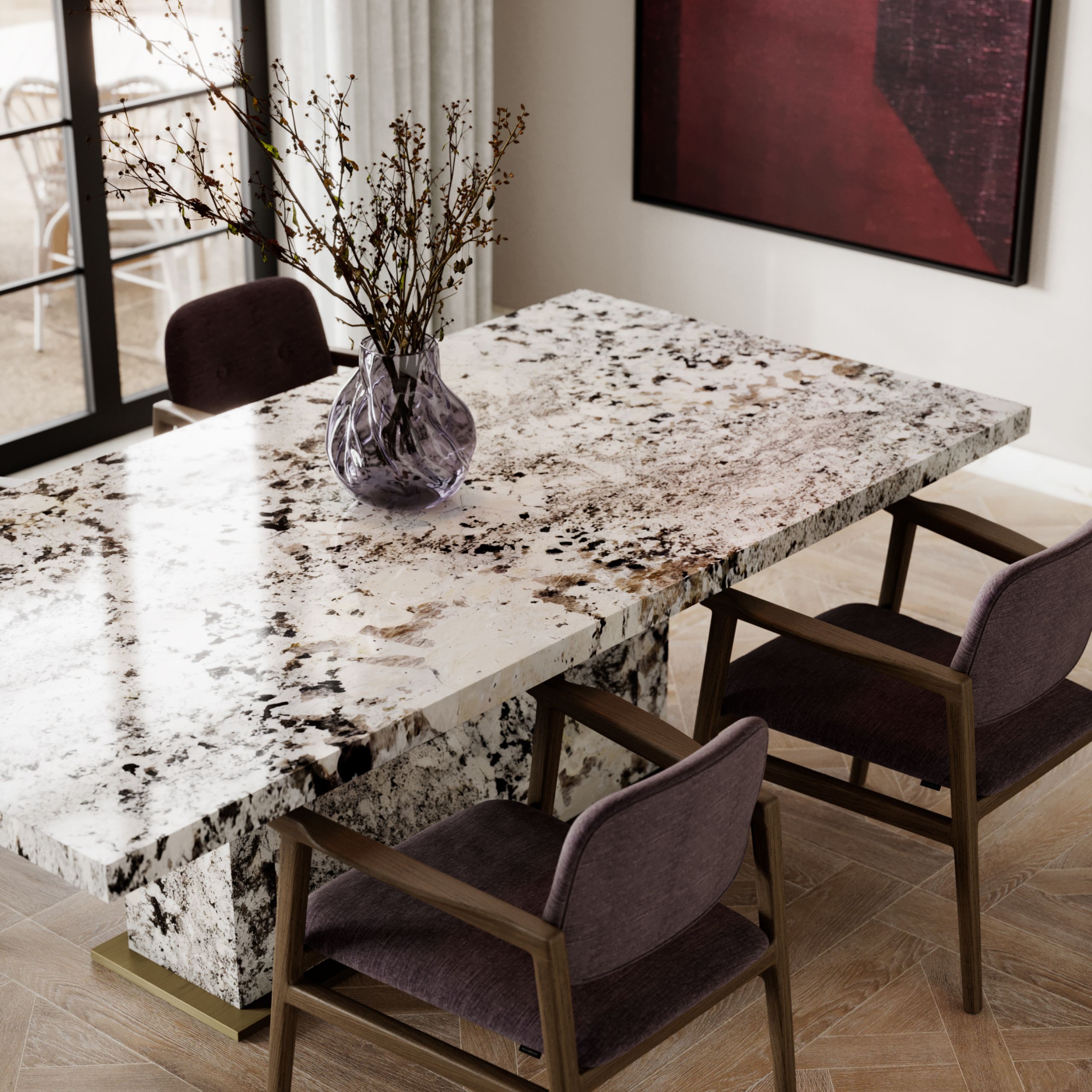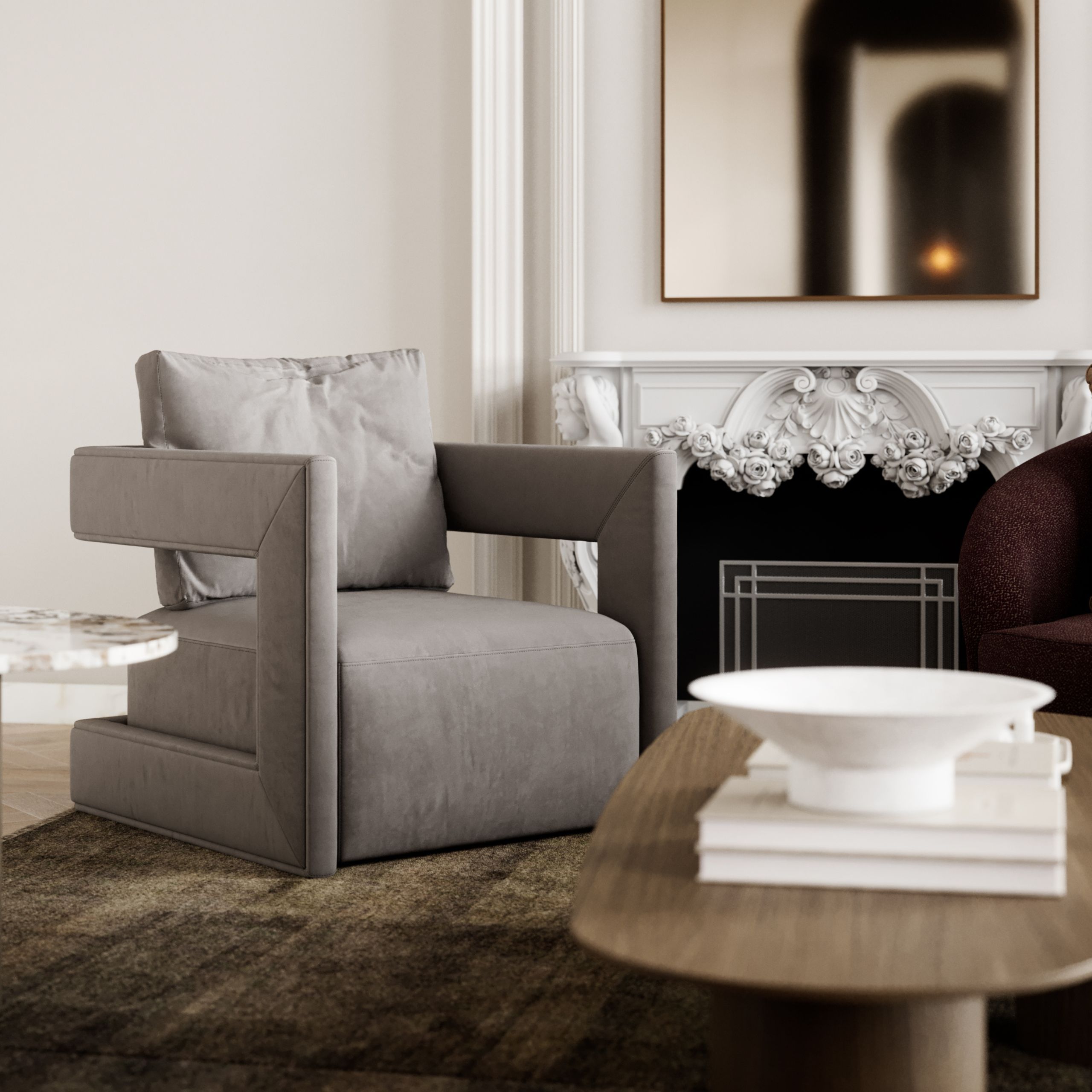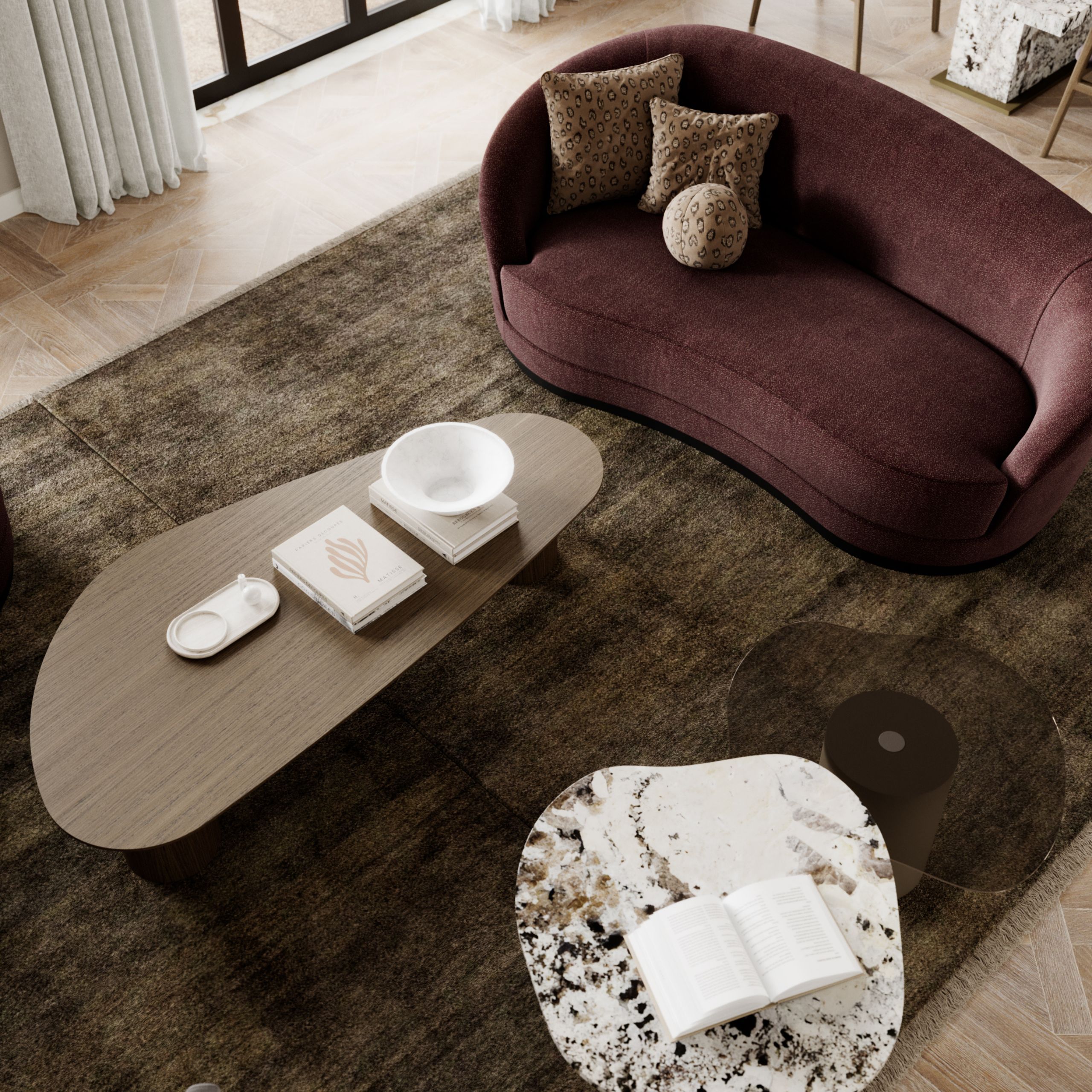Provence Interior Design Style
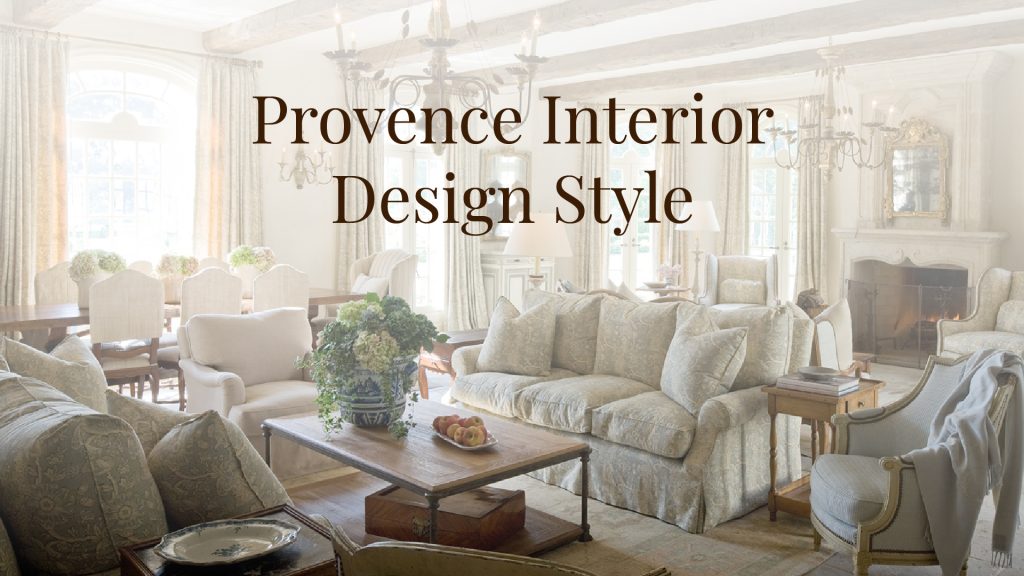
When we think of interiors that exude warmth, elegance, and a sense of timelessness, the Provence interior design style immediately comes to mind. Born in the sunlit countryside of southern France, this aesthetic merges rustic charm with elegant simplicity, creating spaces that feel welcoming yet sophisticated.
For those curious about different interior styles, it offers an accessible entry point into the world of design. For experienced interior designers, it continues to provide fresh inspiration and a reminder of the beauty of authenticity.
- Typical Provence Villa | Source: House & Gardens
The Essence of Provence
At its core, the Provence interior design style reflects a deep connection to nature and the slower rhythms of rural life. Originating in the traditional farmhouses and village homes of Provence, the style seizes imperfection, craftsmanship, and natural beauty. Walls are often plastered in a rough finish, wooden beams remain exposed, and colours echo the fields, stone, and sky of the French landscape. Unlike minimalism or modern urban interiors, Provence is not about clean lines and uniformity. It celebrates lived-in spaces, where every mark, patina, or uneven surface tells a story of time.
The overall feeling is one of harmony and authenticity. Rooms are light and airy, filled with sunshine that streams through windows often framed by soft linen curtains. Décor tends to be understated yet deeply personal, with simple details such as a ceramic jug of lavender or an antique wooden table that carries a tale as old as time.
- Provence Dining Room | Source: Pinterest
- Provence Villa Moodboard
Defining Characteristics
The character of Provence interiors lies in its atmosphere of casual elegance. Colours are muted and sun-faded, ranging from creamy whites and warm neutrals to soft purples, gentle greens, and dusty yellows. These shades are not chosen at random – they mirror the surrounding landscape of wheat fields, olive groves, lavender farms, and golden light. Texture also plays a significant role. Walls are left in their natural plaster finish, wooden floors and beams are left raw or whitewashed, and terracotta tiles bring warmth to kitchens and hallways.
Lighting is another crucial element. Natural light is prioritised wherever possible, with windows often unshaded or dressed only with light fabrics. Artificial lighting tends to be subtle, favouring wrought iron fixtures or simple lamps that add glow without overpowering the space. Decoration is never excessive but always meaningful. A basket of dried flowers, a hand-painted ceramic dish, or a wrought iron candle holder adds depth without cluttering the space.
- Provence Inspired Decorations | Source: Pinterest
- Provence Inspired Decor | Source: Pinterest
Furniture in Provence Interiors
Furniture is where the Provence style truly comes to life. Pieces are chosen not for their perfection but for their soul and history. Wood is the dominant material, often in the form of dining tables, sideboards, or cabinets crafted from oak, walnut, or pine. Surfaces are rarely sleek, instead, they carry a distressed or whitewashed finish, suggesting the gentle touch of sun and time.
Upholstered furniture is inviting and comfortable, usually covered in natural fabrics such as linen or cotton, sometimes with delicate floral patterns or stripes that add charm without overwhelming the eye. In the bedroom, wrought iron bed frames often take centre stage, their elegant curves balancing strength and delicacy.
- Her Dining Table
- Toro II Chairs
- Faro Sideboard
Dining rooms, meanwhile, are usually anchored by large farmhouse tables that invite conversation and gathering. Chairs might be mismatched, painted in muted tones, or slightly worn, yet together they create a cohesive and welcoming whole. Rather than following strict rules, the approach to furniture is guided by authenticity and balance – an interplay between practicality and beauty.
Materials that Define the Style
Natural, tactile materials are at the centre of the Provence aesthetic. Stone, whether in the form of flooring, fireplaces, or accent walls, brings an earthy solidity to interiors. Wood is equally important, used in ceilings, floors, and furniture, often left unfinished or treated in a way that enhances its natural grain. Textiles are typically light and breathable. Linen is a favourite for curtains, cushions, and upholstery, offering a relaxed elegance. Cotton is also common, sometimes patterned with traditional floral or check patterns that reflect the pastoral life of Provence.
- Calacatta Viola Marble
- Konica Dining Table
Ceramics and terracotta contribute another layer of authenticity. Terracotta tiles, with their warm reddish-brown hues, are a staple of kitchens and outdoor areas, while hand-thrown pottery and ceramic jugs are frequently used as decoration or practical tableware. These materials are more than aesthetic choices; they connect the home directly to the land and the traditions of craftsmanship passed down through generations.
Bringing Provence into Modern Homes
One of the reasons the Provence interior design style has lasted is its versatility. You do not need a French farmhouse to embrace it. A modern flat or a city townhouse can still carry the spirit of Provence with thoughtful choices.
The simplest starting point is colour. Walls painted in soft neutrals or muted lavender tones immediately evoke the calm of southern France. Adding wooden furniture with a distressed or whitewashed finish enhances the rustic charm. Textiles such as linen curtains or cushions in gentle floral patterns can soften modern lines and create a sense of lived-in comfort.
- Toro II Chairs in Lavender
- Fortune Dining Table with a Alaska White Granite Finish
Imperfection should be welcomed rather than corrected. A slightly rugged wooden table, a ceramic bowl with small imperfections, or a piece of vintage furniture can all make a space feel more authentic. Natural decoration also plays a key role. A jug filled with lavender, olive branches in a simple vase, or a woven basket placed by the fireplace can raise the essence of Provence without overwhelming the room. For interior designers, layering these details with more bespoke pieces – custom joinery, antique finds, or carefully chosen art – can bring depth and originality while staying true to the spirit of the style.
Why the Provence Interior Design Style Endures?
The everlasting popularity of Provence lies in its balance of elegance and comfort. It appeals equally to those who desire beauty in their homes and to those who value warmth and practicality. For design professionals, it offers an unlimited palette of inspiration, fusing rustic authenticity with opportunities for modern reinterpretation. For those simply curious about interiors, it demonstrates how simple choices like soft colours, natural materials, and thoughtful furniture can create spaces that feel both stylish and deeply personal.
The Provence interior design style is a philosophy of living that values authenticity, simplicity, and harmony with nature. With its sun-faded palette, tactile materials, and furniture that celebrates the passage of time, it creates interiors that are warm, welcoming, and timeless. For newcomers to interior design, it offers an accessible and inspiring way to transform a space. For experienced designers, it remains an iconic source of creativity and storytelling. By embracing the principles of Provence, anyone can bring a touch of southern France into their home, creating rooms that feel alive, soulful, and full of charm.
- His Armchair
- Hilary Sofa, Natur Coffee Table & Natur Side Tables
If you’re seeking inspiration to bring the Provence spirit into your home, we invite you to explore the Provence Villa by Stylish Club – a concept where rustic charm and timeless elegance meet in perfect harmony.


